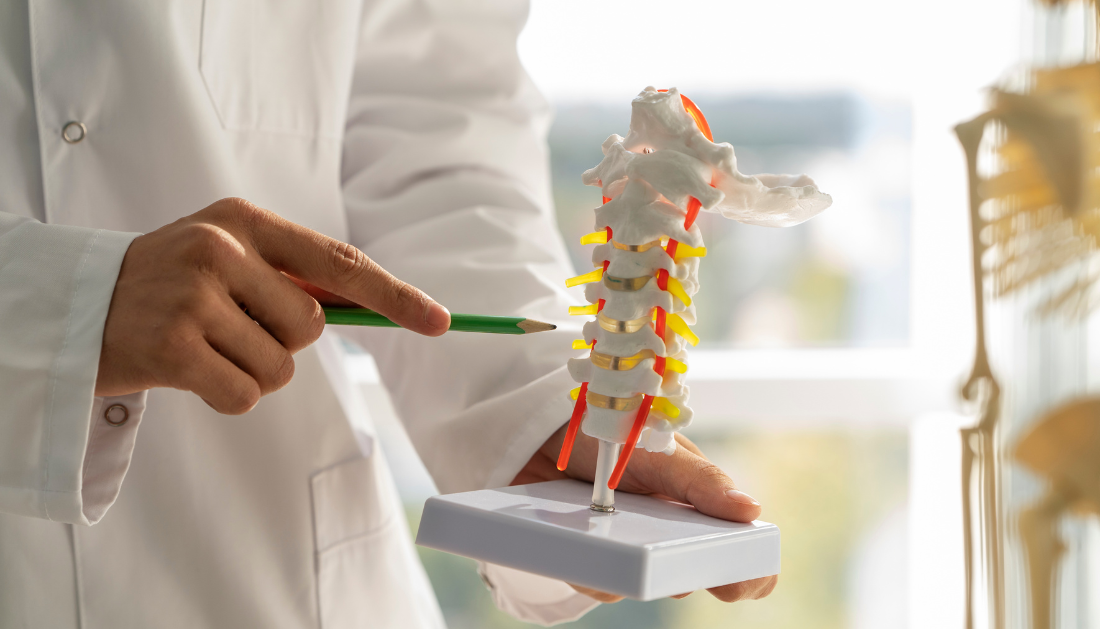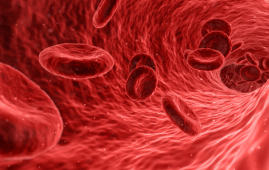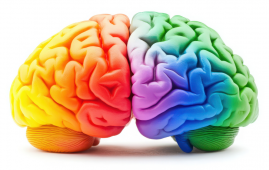

Despite being on a high-calorie diet in the intensive care unit, patients with spinal cord damage – acute spinal cord injury (SCI) lose body weight and muscle mass. Their muscular atrophy is severe, going beyond what can be explained by inactivity or denervation (loss of nerve supply).
The Ohio State University Wexner Medical Center and College of Medicine led a study published in the journal Science Translational Medicine that throws new light and decodes early muscle loss after SCI, providing an unprecedented first knowledge that muscle wasting is:
swift and severe
a glucocorticoid-dependent systemic phenomena
The severity of this SCI-induced systemic muscle wasting is determined by the site of the spinal cord damage (lesion level), according to the researchers. It is more exact if the adrenal gland is denervated after high thoracic damage (above T5) or not (after low thoracic injury).
These results have immediate clinical implications.
“Patients with a low BMI have a much higher risk of dying shortly after sustaining a spinal cord injury.” We hope to explore new ways to reduce deaths in this vulnerable patient population with a better understanding of this muscle wasting and aggravated weight loss,” said Jan Schwab, MD, PHD, the William E. Hunt & Charlotte M. Curtis Chair and a professor of neurology and neurosciences at the Ohio State College of Medicine.
Researchers discovered that systemic muscle loss is exacerbated when the adrenal glands lose control of the central nervous system, resulting in a skewed hormonal (endocrine) tone. When this occurs, hypercortisolism (excess cortisol release) frequently follows the spinal cord damage.
“This hypercortisolism then acts on specific receptors in muscle throughout the body, causing muscle loss.” Interfering with this pathway could save muscle tissue and improve rehabilitation response,” said first author Markus Harrigan, a member of Schwab’s research lab and the dual-degree MD-Ph.D. Medical Scientist Training Program at Ohio State, as well as a Ruth L. Kirschstein Individual NIH-Research Fellow.
This study also provides fresh insights on how to maintain muscle integrity while lowering the chance of developing higher degree pressure ulcers, which are common in these individuals, according to Harrigan. The study expands on prior Ohio State studies into the effects of SCI on the immune system, which impair immunological function, increase infection susceptibility, and contribute to infectious complications.
“We are now beginning to understand how a spinal cord injury leads to spinal cord disease that affects the entire body,” said Schwab, who is also the medical director of the Belford Center for Spinal Cord Injury and an Ohio State Scholar in the Chronic Brain Injury Initiative. “Our future research will search for ways to block these complications and protect the adrenal gland from receiving ‘false’ autonomic nervous system information originating from the spinal cord below the lesion site.”
Scientists at Ohio State worked with researchers in Berlin, Germany, as well as Nationwide Children’s Hospital in Columbus, Ohio, and the University of Missouri.
more recommended stories
 Fat-Regulating Enzyme Offers New Target for Obesity
Fat-Regulating Enzyme Offers New Target for ObesityKey Highlights (Quick Summary) Researchers identified.
 Spatial Computing Explains How Brain Organizes Cognition
Spatial Computing Explains How Brain Organizes CognitionKey Takeaways (Quick Summary) MIT researchers.
 Gestational Diabetes Risk Identified by Blood Metabolites
Gestational Diabetes Risk Identified by Blood MetabolitesKey Takeaways (Quick Summary for Clinicians).
 Phage Therapy Study Reveals RNA-Based Infection Control
Phage Therapy Study Reveals RNA-Based Infection ControlKey Takeaways (Quick Summary) Researchers uncovered.
 Pelvic Floor Disorders: Treatable Yet Often Ignored
Pelvic Floor Disorders: Treatable Yet Often IgnoredKey Takeaways (Quick Summary) Pelvic floor.
 Urine-Based microRNA Aging Clock Predicts Biological Age
Urine-Based microRNA Aging Clock Predicts Biological AgeKey Takeaways (Quick Summary) Researchers developed.
 Circadian Control of Neutrophils in Myocardial Infarction
Circadian Control of Neutrophils in Myocardial InfarctionKey Takeaways for HCPs Neutrophil activity.
 E-Cigarette Use and Heart Attack Risk in Former Smokers
E-Cigarette Use and Heart Attack Risk in Former SmokersKey Takeaways for Clinicians and Nurses.
 36-Week Pre-eclampsia Screening May Reduce Term Risk
36-Week Pre-eclampsia Screening May Reduce Term RiskA New Preventive Strategy for Term.
 Cardiovascular Risk and Sudden Cardiac Death in Diabetes
Cardiovascular Risk and Sudden Cardiac Death in DiabetesRising Sudden Cardiac Death (SCD) Risk.

Leave a Comment